On Friday, November 6, 2020, the Network-to-Network for the Gulf of Mexico (N2N-GoM) Fall Session took place over a virtual session on Microsoft Teams. Over a very productive hour and a half, 33 representatives from different multi-disciplinary networks around the Gulf of Mexico discussed, among other topics, the progress made so far, the proposed structure of the project, and the next steps for the N2N-GoM Initiative. During this session, N2N-GoM membership was officially opened to include not only Merida Workshop attendees, but also stakeholders and representatives from networks around the Gulf.
The session began with a summary facilitated by Dr. Zenon Medina-Cetina, which focused on the activities carried out by the Planning Committee members since the 2019 workshop. These included the production of four papers on topics ranging from the identification and prioritization of decision-making factors to the team science aspects of N2N-GoM, as well as a data lake case study on the impact of COVID-19 on tourism, co-sponsored by Texas A&M University, the Yucatan Initiative Project, and the National Science Foundation; and an NSF No-Cost Extension Report, which is to be delivered in the following days. Dr. Medina-Cetina also presented an analysis of the Merida workshop summary, which included a risk-based decision-making framework, and a comprehensive literature review ranging from 1960 to 2020.
Dr. Medina-Cetina’s intervention was followed by words from Secretary Bernardo Cisneros Buenfil, Secretary of Research, Innovation and Higher Education of the Yucatan State Government. Secretary Cisneros highlighted the value of N2N-GoM as well as its potential: “[N2N-GoM is becoming] a key instrument to comprehensively address the threats, as well as the economic, environmental and social opportunities that the Gulf of Mexico faces, and of course, to contribute to the well-being of all the communities that surround it.”
Mr. Cisneros also formally invited the N2N-GoM organizing committee, as well as the members of all the teams and the steering committee in the future, to consider Yucatan as the official headquarters for the N2N-GoM annual meetings, starting as soon as the current mobility and gathering restrictions allow it.
The session continued with presentations by leaders of each of what were initially known as N2N-GoM’s Working Groups, now named Teams: Research, Data Science and Governance.
On behalf of the Research Team, Dr. Katya Wowk presented N2N-GoM’s general research agenda, which comprises establishing a research framework, establishing integrated research teams (IRTs), establishing the decadal research agenda; identifying funding opportunities, and establishing pathways for connectivity.
Dr. Wowk provided a summary of the decision-making process that led to the selection of five IRTs focusing on the priority topics selected by all N2N-GoM members, who were invited to join those relevant to their interests and expertise. From here on, Dr. Wowk explained, IRT members are expected to meet and work together on the agenda above; IRT members will reconvene on March 1st to present their progress and define next steps.

During the next presentation, Dr. Alberto Muñoz explained the Data Science Team’s goal to orchestrate and facilitate access to information through crowdsourcing, aiming to solve data sourcing and evaluation issues, as well as offering a transparent data processing system that will benefit all the players involved.
The Data Science Team has proposed using a data lake for risk model interaction that will not only provide more reliable data by prioritizing sources based on their quality, but also help avoid duplicity on data gathering and processing efforts for a more robust data science approach to face the challenges within the Gulf of Mexico, through integrated data repositories that will improve decision-making.
With that in mind, the Team worked throughout the year on a case study on the impact of COVID-19 on tourism, as well as developing several data lake prototypes and data management tools.
The Governance Team, as Dr. Sharon Herzka explained, aims to provide the operating framework that facilitates the goal of N2N, which is leveraging the power of networks, by defining the N2N-GoM’s structure, drafting its bylaws and defining its legal status. This Team will assist and advise the Steering Committee, once it is formed, on all aspects of the governance of N2N and its legal framework, a few of which Dr. Herzka introduced so that prospective team members would be familiar with them once they joined.
Dr. Jack Baldauf reminded members in attendance that N2N-GoM is a grassroots project, aimed at building from the bottom up, rather than the top down, and encouraged them to identify and invite additional networks that will help secure the initiative’s success.
“For [N2N-GoM] to be successful, we need to reach out and engage the networks that exist; we need to have them understand not only the value that they can bring to the table, but also what they can glean from participating,” he went on.
During their final remarks, Working Group leaders announced they would reach out to members to begin planning subsequent meetings. Their progress will be presented during the Spring session in March.

Part of the Planning Committee during the Fall Session, clockwise from top left: Dr. Zenon Medina-Cetina, Dr. Sharon Herzka, Dr. Jack Baldauf and Dr. Alberto Muñoz
N2N-GoM aims to be a living organization that will significantly transform, support and leverage what the different networks around the Gulf are producing by bringing them together to help and strengthen one another; by definition, it will maximize the strength of each of its member networks and become a tool for them to look for additional funding opportunities, to influence policy development and participate in its implementation, to actively create a positive impact on the Gulf of Mexico and all the communities that surround it.

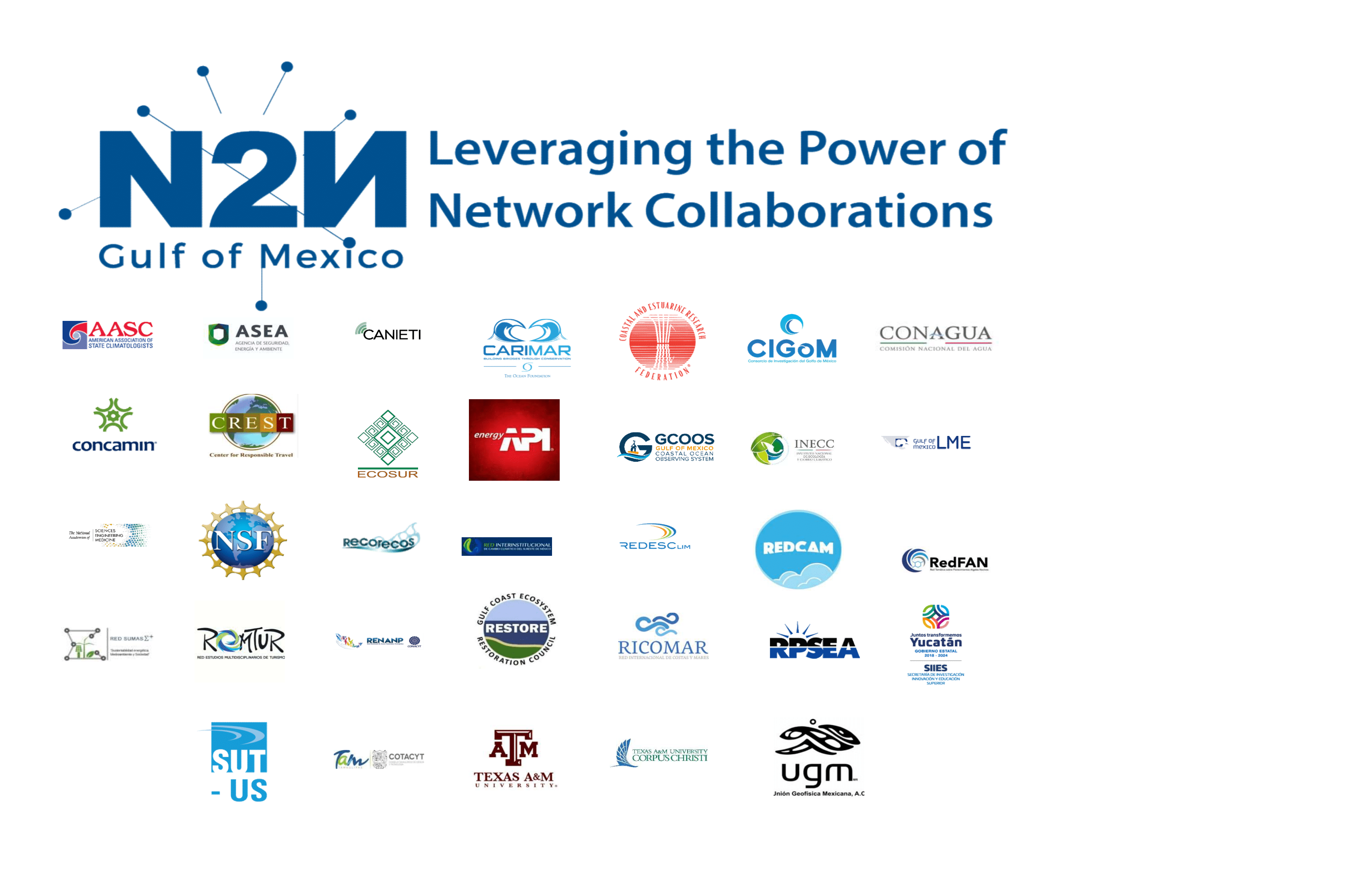
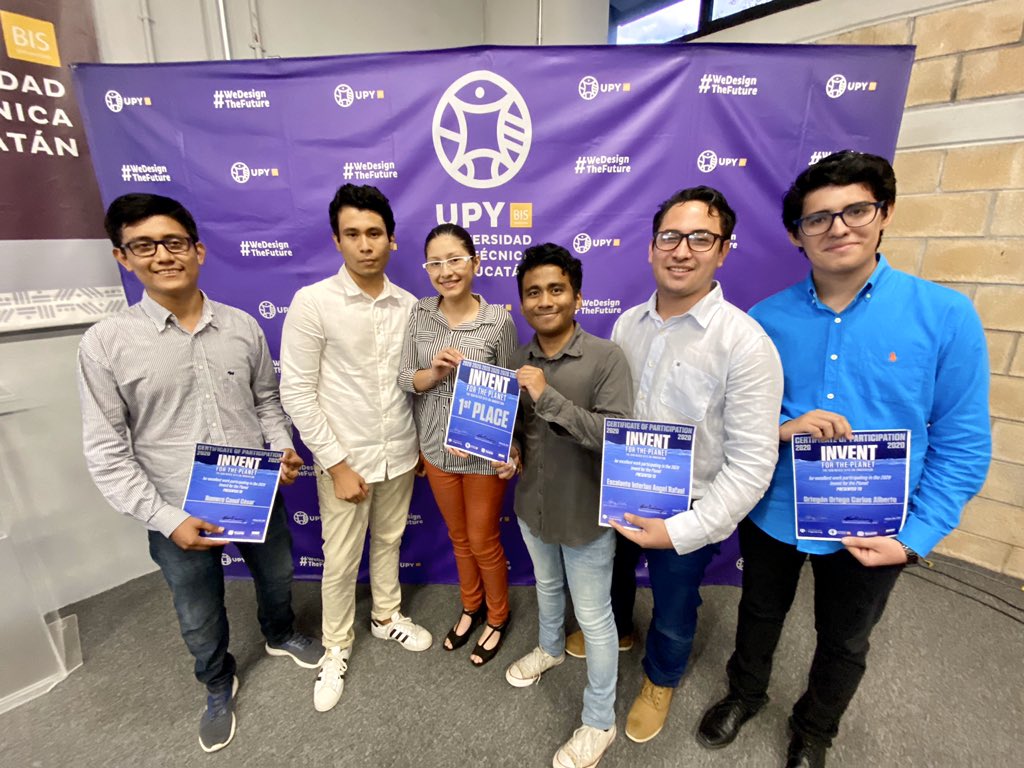
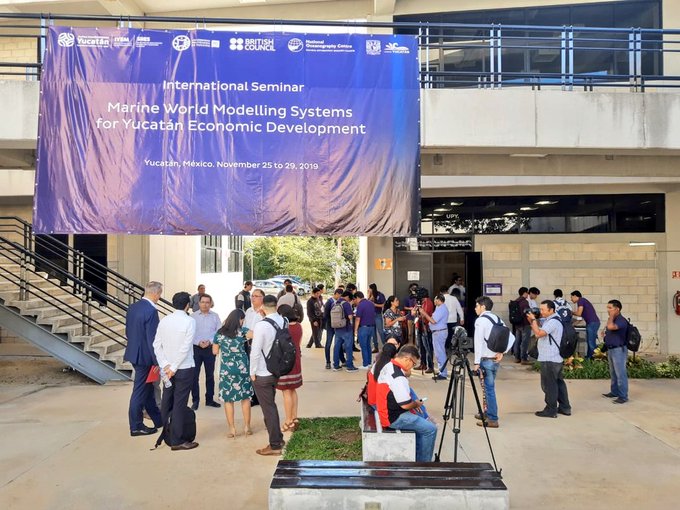
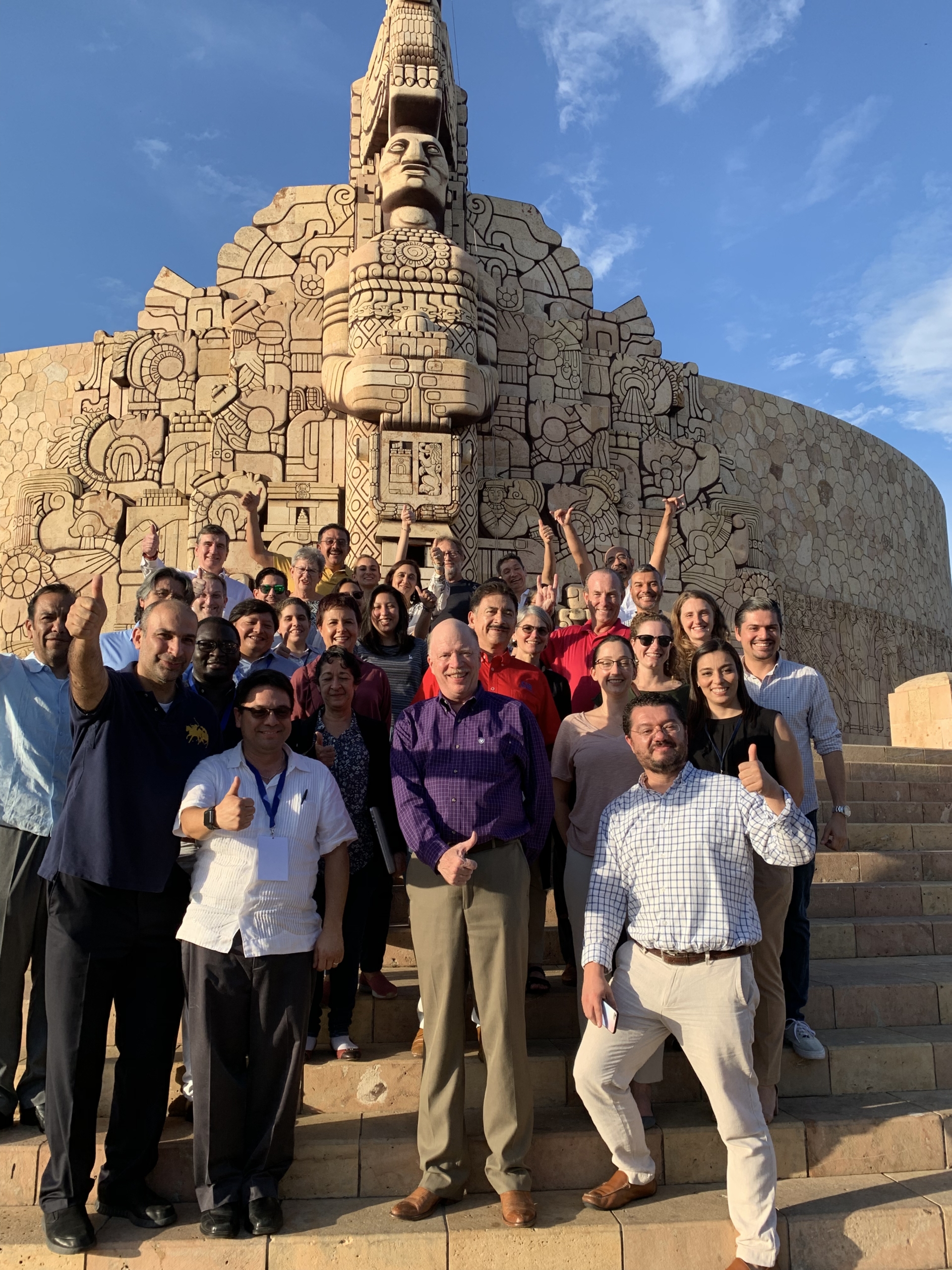
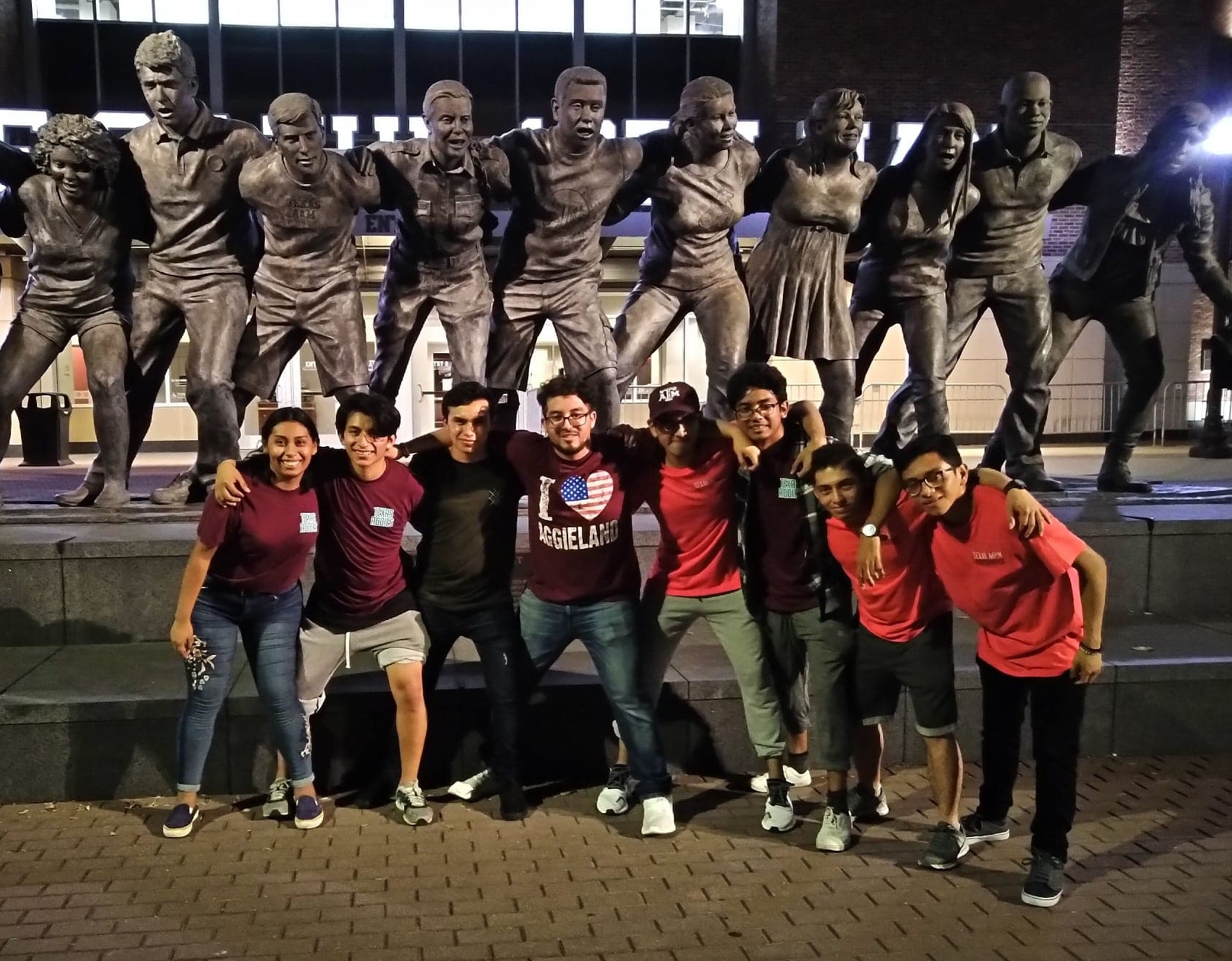
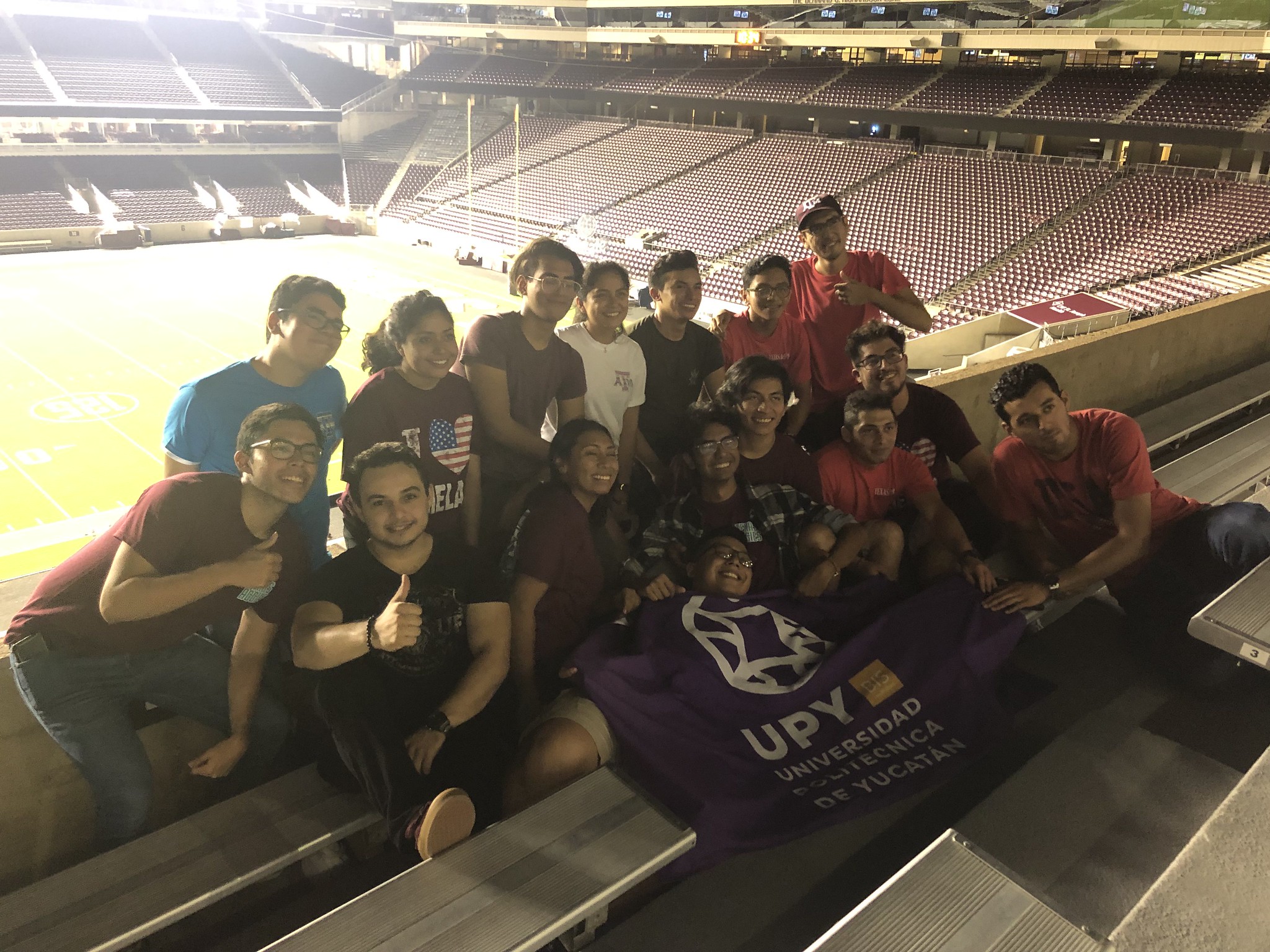
Follow Us